American Museum of Natural History Dinosaurs
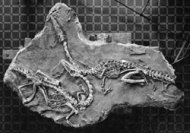
Credit: American Museum of Natural History
Four American Museum of Natural History paleontologists have overturned a 1950s claim that a theropod dinosaur called Coelophysis was a cannibal that ate juveniles of its own kind, forcing a revision of a popular story of dinosaur behavior that has been repeated many times in the scientific literature, popular media, and museum exhibits. In order to test the well-known cannibal-Coelophysis hypothesis, the team re-examined the anatomy of the two celebrated Coelophysis fossils said to exhibit cannibalism, as well as the structure of the bone found in the abdominal cavity of one of the specimens (the complete specimens are on permanent display in the Museum's Hall of Saurischian Dinosaurs). In one specimen, the Museum scientists found that the carnivorous dinosaur's last meal was a primitive crocodile, not a dinosaur of any kind, let alone a Coelophysis; in the second specimen, the new analysis shows that the remains identified as a last meal actually are located outside the larger animal's ribcage and are possibly too large to have been eaten whole. The adult dinosaur's skeleton probably was crushed on top of juvenile remains, creating the illusion that the remains were inside the gut of the adult dinosaur. And the Museum team found that the "gut content" bones actually are too shapeless to be identified as belonging to any dinosaur, or specifically a Coelophysis. They can only be identified as belonging to a sauropsid, a group of vertebrate animals that includes all modern and most extinct reptiles, including non-avian dinosaurs, pterosaurs, plesiosaurs, and others.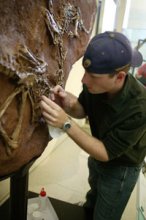 Overall, the anatomical findings, and a review by the researchers of remaining claims of cannibalism in theropod dinosaurs, fail to support the claim that Coelophysis was a cannibal and suggest that cannibalism in non-avian theropod dinosaurs in general was much more rare than previously thought.
Overall, the anatomical findings, and a review by the researchers of remaining claims of cannibalism in theropod dinosaurs, fail to support the claim that Coelophysis was a cannibal and suggest that cannibalism in non-avian theropod dinosaurs in general was much more rare than previously thought.
Credit: Mick Ellison, AMNH
The new research is described in the peer-reviewed journal Biology Letters by Sterling J. Nesbitt and Alan H. Turner, graduate students enrolled at Columbia University who study in the American Museum of Natural History's Division of Paleontology; Gregory M. Erickson, Assistant Professor of Anatomy and Vertebrate Paleobiology at Florida State University and a Research Associate at the Museum; and Mark A. Norell, Curator in the Museum's Division of Paleontology.
You might also like
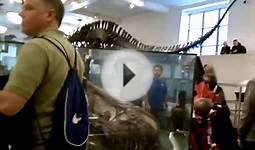
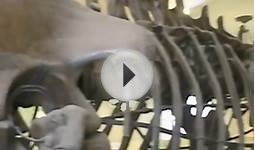
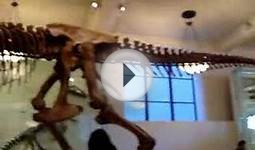
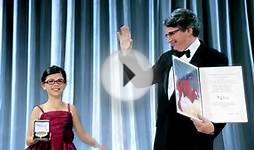
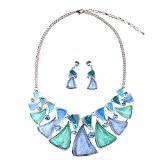
|
Girl Era Best Triangle Candy Color Resin Collar Necklace & Earring Set(blue) Jewelry (SR)
|




